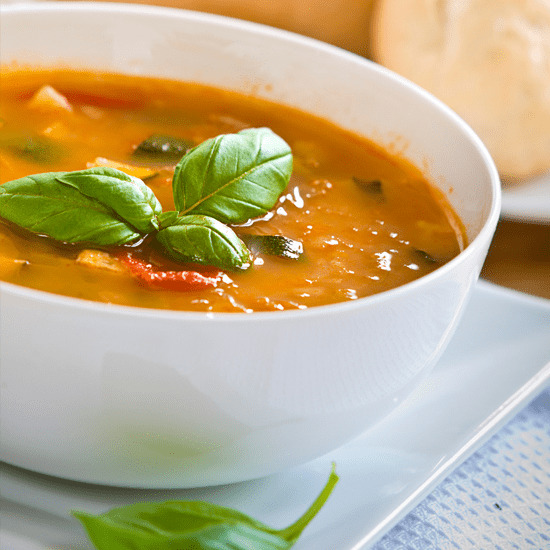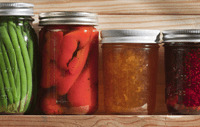It’s easy to find the ingredients you’re looking for — particularly food that’s locally grown — in the warmer months. But what to do in winter? It’s not as difficult as one might imagine and ironically some of the comfort foods we love the most are perfect for that crisp early evening, warm and cozy under a blanket.
Here is some of the winter fare we love most:
- Soup sippin’: What’s better when it’s cold outside or you’ve got the sniffles than a hearty soup or stew? Find a recipe you love, make a big batch and freeze it in single or double serving containers. Then when you have a hankering, pop it in a pot, simmer and serve.
- Spice it up: Some winter fragrances and tastes are simply imprinted on our souls — nutmeg, cinnamon and cloves, for instance. Sprinkle them on your roasted veggies and baked goods and revel in the wintertime aroma.
- Back to your roots: There’s not a lot growing when the temperature dips but that doesn’t mean there isn’t an abundance of delicious and nutritious produce to be had — root vegetables, for instance, squash of course, as well as many cruciferous vegetables, like cauliflower, cabbage, broccoli and Brussels sprouts, offer endless options in the kitchen. Here are some tips on how to cook them.
- Garden-in: The weather outside is frightful but your kitchen is so delightful — plant an indoor herb garden of thyme, oregano, mint and parsley along your windowsill, ready at a moment’s notice for any winter recipe.
What’s cooking in your winter kitchen? Share your recipe and food ideas in the Shop Talk Blog community forum!
Did you know? Winter begins in summer
It’s true the last thing you want to think about in August is December but it’s the best time to plan ahead by preserving, pickling, canning and freezing for cold weather cooking. Learn more about planning ahead here.



2016 is the International Year of the Pulse (i.e. beans, lentils and peas) and there’s nothing more comforting than a pulse dish. They have the advantage of being high in protein and, if you combine them with grains, complete protein at that. They are also one of the cheapest sources of protein. My go to cookbook is probably not in print anymore but I have found copies in used book stores and book sales. It is Jean’s Beans by Jean Hoare and has everything you need to know about cooking beans as well as delicious recipes.
One stop cooking for @ persons can be very difficult without having to throw away left overs after cookimh a family in days gone by!
Made Garlic dill carrots in summer will give them a try on New Years
day here hoping they are good
Great.
Great